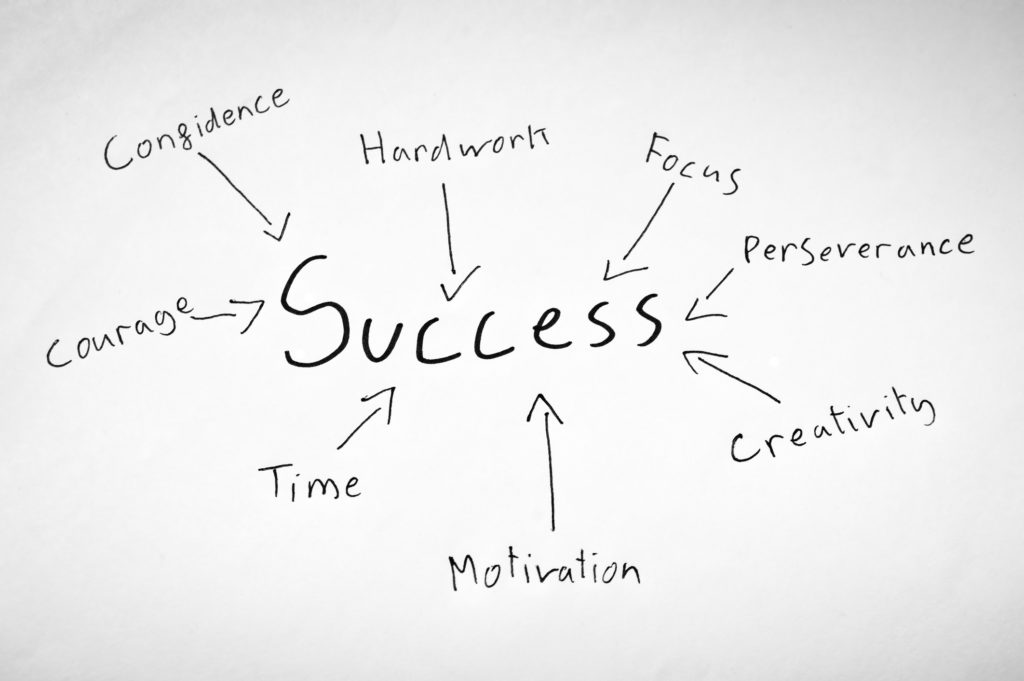These are the social media campaigns that actually led to business success
In a marketing world obsessed with online clicks, likes, shares and impressions, it can be hard to work out which activities actually lead to sales. Social media is arguably the most fickle platform for marketers, because success is often measured by the number of times a brand-invented hashtag is used or how many followers its Snapchat account has, rather than overall business gains.
“I give most social media case studies a bit of a hard time because by and large their metrics don’t really equate to business success,” said brand and advertising expert Peter Field at an event held by global marketing research organization Warc in London on Tuesday.
The organization studied 92 social media campaigns from 20 countries as part of its Warc Prize for Social Media, and launched a study this week linking social media activity that has broad reach to long-term sales.
“The pursuit of short-term sales activation in many social strategies deliver poorer long-term performance, ultimately undermining long-term effectiveness such as market share movements or new customer acquisition,” Field stated.
This means that while the likes of Facebook, Twitter and Snapchat are tempting for brands to use for competitions or discounts to push short-term sales, they are better off being used more thoughtfully and strategically, according to Warc. So how can marketers make sure their brand’s social strategy provides more than simply clicks and likes?
Here are our favorite of Warc’s winning social media campaigns, plus their business impact where available.
Coca-Cola: Remove labels
Coca-Cola’s Remove Labels YouTube film aimed to question cultural prejudices in the United Arab Emirates and resulted in a 51 percent uplift in consumption of the fizzy drink in the region – as well as more than 18 million views. Its film featured six social media “influencers” at a traditional Iftar, the meal that breaks the Ramadan fast, but the diners were in the dark.
They included a heavy metal band musician (who viewers could see was wearing a smart suit) and a behavioral scientist (who was heavily tattooed). As the lights went up, they were revealed to each other. Under each of their seats was a box containing a can of Coca-Cola marked “labels are for cans not for people”.
Scoot Airlines: The Scoot social matrix
Singapore Airlines subsidiary Scoot analyzed digital “customer journeys,” looking at the online research phase of travel right up until boarding the plane, correlating this with general Facebook data about certain types of people. This meant it could promote particular destinations to set groups, and two campaigns marketing Sydney and Queensland to millennials saw a 157 percent sales uplift year on year to those destinations.
Tesco: Toy testers
Tesco, the U.K.’s largest supermarket chain, used YouTubefilms to show customers that they could buy toys as well as food at its storesahead of Christmas. Videos showing parents what the “must-have” items were forthe season contributed to a 1.3 percent uplift in toy sales.
Halifax: Making money extra easy
This U.K. bank produced a series of videos explaining financial products to the retail market, resulting in a 23 percent increase in perception of Halifax as a bank that makes money easy to understand. The activity reached 13.5 million people, and in analysis by Nielsen, those considering the bank for a mortgage rose from 56 percent to 62 percent, after being shown two of the campaign videos.
Wilkinson Sword: Facebook couples
Thirty percent of U.K. men now have facial hair, which is a potential problem for a razor company. So Wilkinson Sword invited women to “choose a new look for their beardy boyfriends” on Facebook. Of the 1,000 men chosen for a makeover, 90 percent said they planned to switch to Wilkinson Sword.
Emirates NBD: The beautiful after
The Middle Eastern banking group encouraged young couples to save for their retirement by running an event showing them how they might look in 30 years’ time, with supporting Facebook activity allowing people to create their own “ageing” images of themselves. This resulted in a 15 percent increase in the number of retirement plans sold.
Pepsi: Longthroat
In Nigeria, “longthroat” is a colloquial phrase referring to the population’s ambitions, or longing for success. Pepsi took on Coke by creating a longthroat bottle – 60cl for the price of 50cl – and the social media promoting it helped the drinks brand to a 60 percent sales uplift in the country.
Plume Labs: Pigeon air patrol
Tech start-up Plume Labs attached miniature air-pollution sensors to trained pigeons to measure air quality in London, with updates posted on Twitter. Media coverage helped the company exceed its £10,000 (US$12,647) crowd funding target in three days.
Jose Cuervo: Write your Cinco
Tequila brand Jose Cuervo wanted to appeal to 25 to 34 year-old men around Mexican-American festival Cinco de Mayo. It hired Puerto Rican actor Luis Guzman for a video asking people to send in their own stories of the celebration. He then narrated his favorites and the activity led to a 9 percent sales increase.
Amnesty International: Taking on the UK government
The charity wanted the government to close a loophole that meant torture equipment could be advertised for sale in the U.K., so it created a social media campaign around the London Arms Fair in September 2015. This contributed to an EU ban on marketing and promotion of such goods in October 2016.
KFC: The friendship bucket test
KFC wanted to focus on friendships rather than family over Christmas, so invited people to take part in a digital video “friendship bucket test,” rewarding them with pieces of chicken when they got questions about their friends correct, with a supporting online game. The brand hasn’t published sales results but the campaign reached 15 million people in the U.K.



